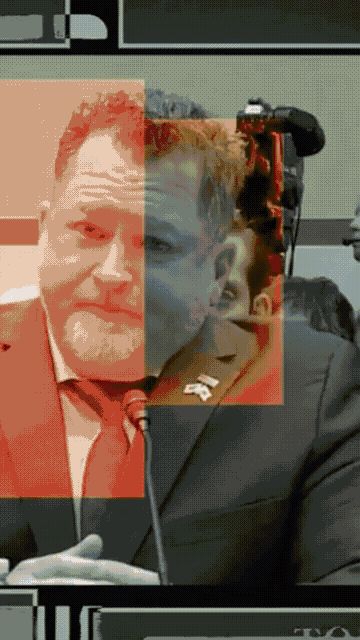The Day the Earth Stood Still
Why Is the Wall Street Journal dissing UAPs - this weekend?

When was the last time the USA used a B-2 Bomber in combat? - in Syria (2017) based on my cursory research.
Last night at 8p the WSJ published Part 2 of an investigative series on UAP (Unidentified Aerial Phenomena) aka UFOs.
It's clearly not a last-minute project; these series take months, if not years to develop. The timing coincides with a major U.S. military action (the B-2 strikes on Iran).
Media outlets often coordinate major investigative releases to provide narrative cover and distraction.
By doing this they shape public perception during a period of heightened attention.
Did you know that 1963’s Bloody Sunday (Selma) was coordinated with that night’s Sunday Night Movie?
“Judgment at Nuremberg" - was airing on national television - with an estimated 25% of the US Population watching - when it was interrupted for a real-time violent show.
The intention was to emotionally appeal to citizens who were primed to think about justice and human rights because of the film’s subject matter.
Back to last night - The timing of this weekend's UAP article is almost certainly deliberate. The government and its media partners want to control the narrative during a period of military escalation.
The WSJ is helping the government “reset” the public narrative.
While the USA flexes its military muscle, the paper is simultaneously publishing a series that demystifies and delegitimizes the UFO/UAP story. However,
This is classic narrative management—reminding the public that the real power is in advanced U.S. technology, not in alien mysteries.
So what is the point of this post - are you into UFOs now?
Not really, but yeah I read Elizondo’s book. This is my current bookshelf.
The point is this:
The most effective way to neutralize a persistent narrative isn’t to attack it head-on, but to let it wither through repeated, subtle reminders of its lack of substance. (Read: the public en masse doesn’t care about truth - it cares about perception)
Reputational risk management at its finest—slow, steady, and deniable.


